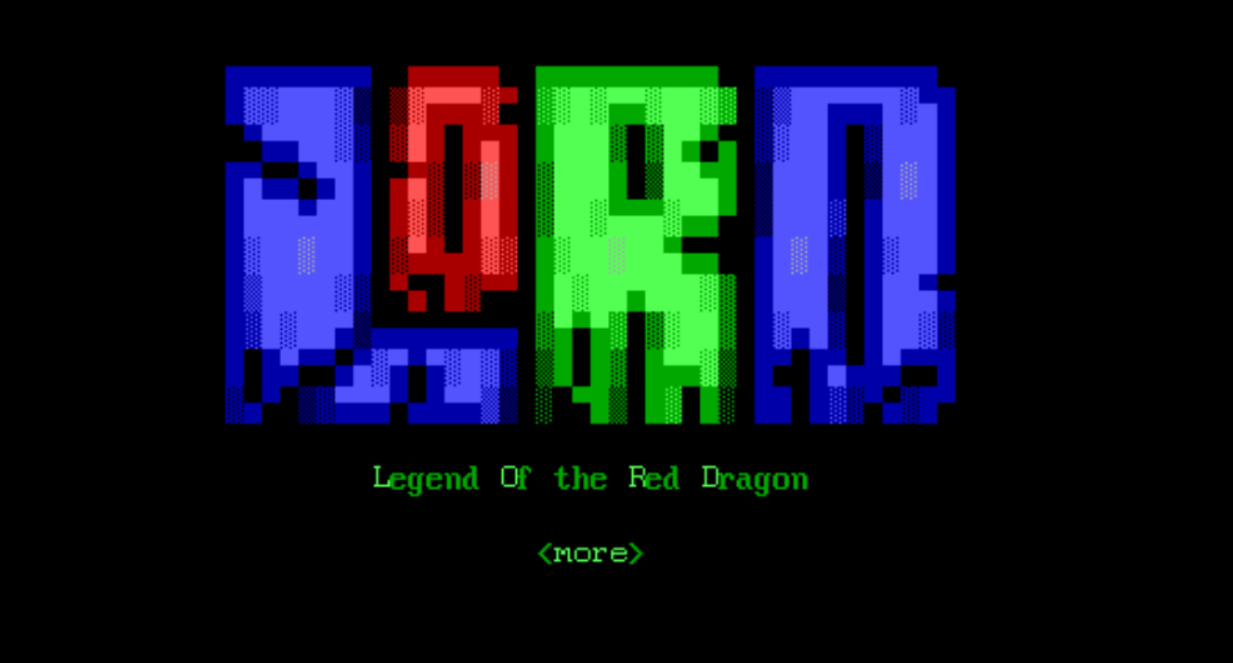HVYSNOW: Winter Storm Dis
From
Mike Powell@454:3/105 to
All on Sunday, January 01, 2023 17:27:00
FOUS11 KWBC 012136
QPFHSD
Probabilistic Heavy Snow and Icing Discussion
NWS Weather Prediction Center College Park MD
436 PM EST Sun Jan 1 2023
Valid 00Z Mon Jan 2 2023 - 00Z Thu Jan 5 2023
...Western U.S....
Days 1-2...
The strong low pressure system from the Pacific is moving across
the Four-Corners region tonight. The shortwave energy aloft is
evolving into a closed low, and the combination of the enhanced
lift, orographic effects, and anomalous low-mid level moisture in
place will continue to produce moderate to locally heavy snowfall
across most of the mountain ranges of northern Arizona, much of
Utah, central Wyoming, and central-western Colorado.
Probabilities are high for 8-12" for the highest terrain areas,
with some locations getting on the order of 1-2 feet through
Monday afternoon, with snowfall maxima across the San Juan
Mountains of Colorado, the Uinta Mountains of Utah, and across
portions of central Wyoming.
A weaker storm system from the Pacific is forecast to reach the
West Coast by Monday evening, with moderate snow reaching the
northern California mountains and then the Sierra by overnight
Monday and into Tuesday morning. This low will likely take a more
southerly route compared to the ongoing event, with some
additional snow for the higher terrain of Arizona and western New
Mexico on Tuesday as the system continues to weaken.
...Central Plains and Upper Midwest...
Days 1-3...
The low crossing the Rockies is forecast to re-develop across
southeast Colorado Monday morning after the initial system
gradually dissipates over the north-central part of the state.
This surface low is progged to track in a general east-northeast
direction across northern Kansas, and then across Iowa by Tuesday
morning, with central pressures generally in the 990s. It should
then reach the central Great Lakes by Wednesday morning.
A swath of moderate to heavy snow is expected from northeast
Colorado/eastern Wyoming to central Minnesota and far northern
Wisconsin, with high probabilities for 4+ inch total accumulations
and moderate probabilities for 8-12 inch totals. The snow will
primarily be confined to the deformation zone to the northwest of
a surface low, where a trowal is also expected to be present.
Some mesoscale banding of heavy snow is likely if conditional
symmetric instability develops, with snowfall rates possibly
reaching 1-2 inches per hour, but future forecasts and model runs
will provide better clarity on the placement of these mesoscale
features. At this time, it appears the highest totals are likely
across south-central South Dakota where the best combination of
frontogenetical forcing and lift with the dendritic growth zone
will exist, with locally a foot or more of total snow accumulation
possible. Overall, there has been a slight increase in total
forecast snowfall within the primary band, and there is now better
model agreement, with the main axis similar to the previous
forecast. The ECENS served as the basis for thermal profiles,
along with some contributions from the GEFS/FV3/Nam nest/previous
WPC continuity, to derive snowfall totals. Similar to yesterday,
the SLR was slightly increased within the expected heavier snow
bands.
Farther to the south/southeast, a warm nose advecting northward is
forecast to bring a transition zone of mixed precipitation with a
surface cold layer supporting freezing rain and potentially
significant ice accumulations in a corridor from northeast
Nebraska, far southeast South Dakota, and much of northern Iowa
and far southern Minnesota. There is growing concern for a
corridor of 2 to 3 tenths of ice accretion, mainly near the
Iowa/Minnesota border. Recent model soundings are depicting a
well defined warm nose between 925 to 800 mb across much of this
area with a shallow subfreezing layer near the surface with cold
air advection from northeast winds. A secondary area of freezing
rain and ice accumulation exists for central/north-central WI
where one to two tenths of accretion is currently anticipated.
Finally, by late Tuesday into Wednesday, the shortwave energy
opens up, becoming absorbed into the longwave troughing over the
region. Some lingering deformation band snow will likely continue
for portions of northern Wisconsin into the U.P. of Michigan.
Hamrick/Weiss
...Key Messages for January 1-3 Winter Storm...
-An area of low pressure will develop and bring snowfall to the
central High Plains beginning later tonight. This low pressure
will intensify as it tracks northeast into the Great Lakes by
Tuesday, producing a large swath of moderate to heavy snow, sleet,
and freezing rain.
-Snow rates exceeding 1../hr are likely in the heavy snow swath
and combined with strong winds, areas of blowing snow will create
snow-covered roads and difficult travel.
-Localized significant ice accumulations exceeding 0.25.. are
possible from portions of northeastern Nebraska, northwest Iowa
into southern Minnesota. This may lead to dangerous travel and
isolated power outages.
-There remains some uncertainty in the exact storm track and
potential mixed precipitation types and zones. Stay tuned to the
latest forecast information.
$$
--- SBBSecho 3.20-Linux
* Origin: ILink * capitolcityonline.net (454:3/105)

